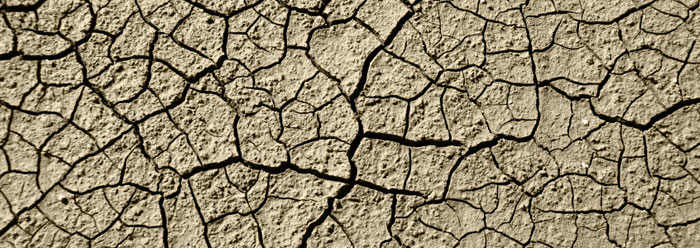Search Tools
New Defender's Study Bible Notes
4:23 the earth. The word translated “earth” (Hebrew eretz) is commonly translated “land,” depending upon context. It is translated “land” in Jeremiah 4:5, for example (as well as in Jeremiah 4:7,20,27), obviously referring to the land of Judah. It should be translated “land” in this verse also, in consistency with the whole context of the chapter.
4:23 without form, and void. Because this phrase, “without form and void,” is applied to the primeval earth in Genesis 1:2, many who advocate the “gap theory,” hoping to accommodate the long evolutionary ages in Genesis between the first two verses of the Bible, have used this verse as a “proof text” for a hypothetical pre-Edenic cataclysm which destroyed the original creation of Genesis 1:1. The gap theory, however, is indefensible both geologically and theologically (see notes on Genesis 1:2). The context here, both before and after (Jeremiah 4:16,31), make it clear that the whole chapter is describing the coming destruction of Judah, not some mysterious prehistoric cataclysm destroying the primeval world.









